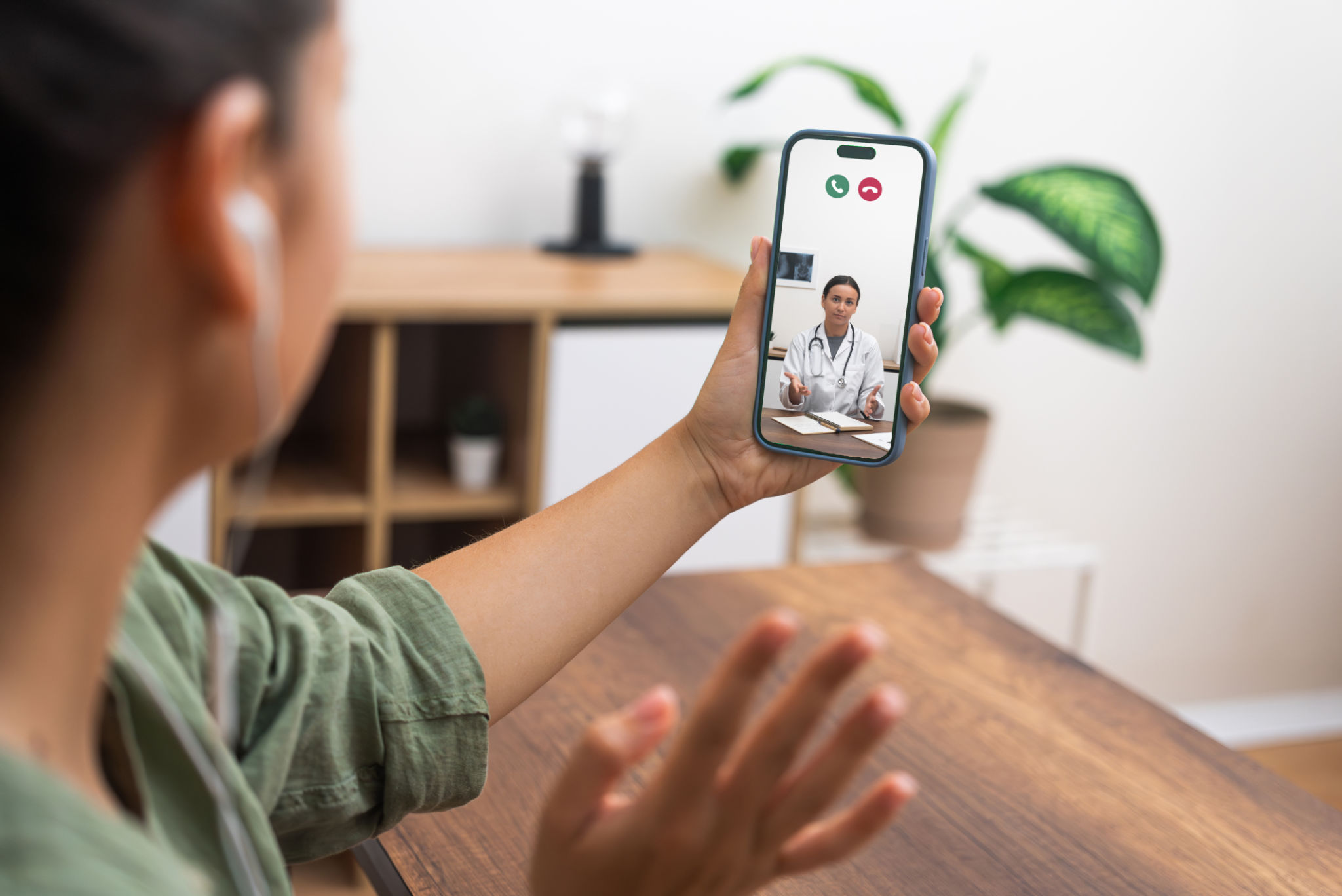How to Enhance Patient Engagement Through Effective Medical Content
Understanding the Importance of Patient Engagement
In today's healthcare landscape, patient engagement is more than just a buzzword—it's a critical component of effective care delivery. Engaged patients are more likely to adhere to treatment plans, attend follow-up appointments, and communicate openly with their healthcare providers. This leads to improved health outcomes and patient satisfaction.
One of the most powerful tools in enhancing patient engagement is the use of effective medical content. By providing patients with clear, accessible, and relatable information, healthcare providers can foster a deeper connection and understanding.

Crafting Clear and Accessible Medical Content
When creating medical content, clarity and accessibility should be at the forefront. Medical jargon can be overwhelming for patients, so it's crucial to use simple language that everyone can understand. Avoid technical terms unless they are necessary, and always provide explanations or definitions when they are used.
Additionally, consider the format of your content. Use bullet points, headings, and subheadings to break up large blocks of text, making it easier for patients to digest the information. Infographics and visual aids can also help convey complex data in an easily understandable manner.
Utilizing Multimedia to Enhance Understanding
Incorporating multimedia elements like images, videos, and interactive tools can significantly enhance patient engagement. Visuals can help in explaining complex procedures or conditions, making it easier for patients to grasp the information.

Short videos can be particularly effective in demonstrating techniques or providing virtual tours of medical facilities. Interactive tools, such as quizzes or symptom checkers, can empower patients to take an active role in their health management.
Personalizing Content for Better Engagement
Personalization is key to engaging patients effectively. Tailor your content to address the specific needs and concerns of your audience. This could involve creating content targeted at different age groups, health conditions, or stages in the patient journey.
Consider using patient personas to guide your content creation process. By understanding the demographics, preferences, and challenges of your patient base, you can develop content that resonates on a personal level.

Encouraging Feedback and Interaction
Encouraging patient feedback and interaction is an essential part of enhancing engagement. This can be achieved through surveys, comment sections, or social media platforms where patients can express their thoughts and ask questions.
Actively responding to patient queries and feedback not only improves the quality of your content but also builds trust and shows that you value their input. This two-way communication is fundamental to fostering a strong patient-provider relationship.
Measuring the Impact of Medical Content
Finally, it's important to measure the effectiveness of your medical content strategy. Use analytics tools to track metrics such as page views, time spent on content, and engagement rates. These insights can help you understand what works and what doesn't, allowing you to refine your approach over time.
By continuously evaluating and adjusting your content strategy, you can ensure it remains effective in enhancing patient engagement and improving overall health outcomes.